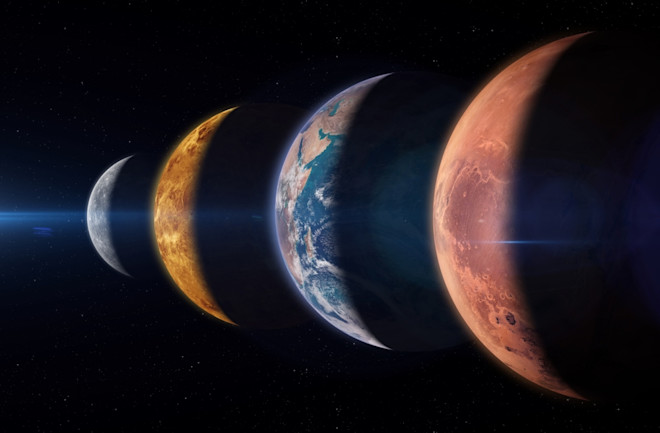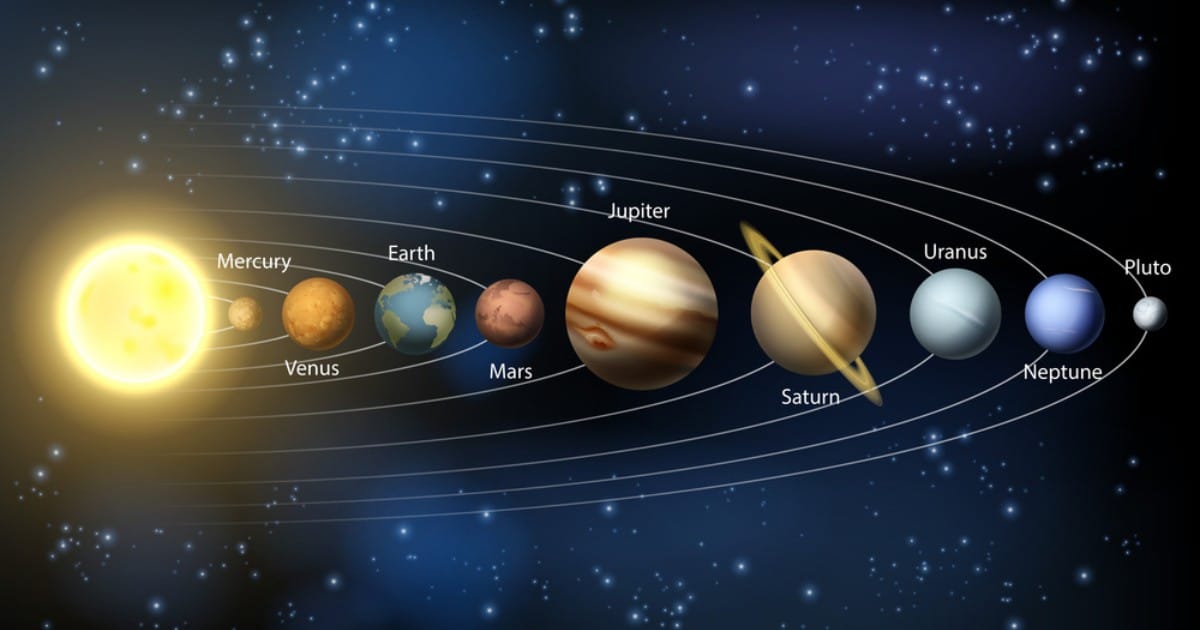Seven Planets Aligning in February: What It Means
This January and February, stargazers can enjoy a special sight in the night sky as six planets—Venus, Mars, Jupiter, Saturn, Uranus, and Neptune—are visible. In late February, they will be joined by Mercury, creating a rare alignment of seven planets.
These celestial events are more than just visual spectacles; they can influence our Solar System and deepen our understanding of it. All eight major planets orbit the Sun in a shared flat plane but at varying speeds. For instance, Mercury completes its orbit in just 88 days, while Neptune takes about 165 Earth years.
Occasionally, the planets align on the same side of the Sun, allowing multiple planets to be seen simultaneously from Earth. While Mercury, Venus, Mars, Jupiter, and Saturn are visible to the naked eye, Uranus and Neptune require binoculars or a telescope.
In January and February, a planetary parade occurs, with most planets visible in an arc across the sky. On February 28, weather permitting, all seven planets will be visible, offering a stunning view for observers.

Jenifer Millard, an astronomer, emphasizes the unique experience of witnessing these planets firsthand, noting the significance of the light reaching our eyes from such vast distances.
Some scientists speculate that planetary alignments might affect Earth’s conditions, although the evidence for such claims is generally weak. In a 2019 study, researchers proposed that alignments could influence solar activity, specifically the Sun’s 11-year cycle. Frank Stefani suggested that the combined gravitational effects of Venus, Earth, and Jupiter might create internal solar dynamics that affect weather events.
However, other experts like Robert Cameron argue that solar activity can be explained by processes within the Sun alone, with no clear connection to planetary alignments.
Planetary alignments also play a critical role in scientific exploration. For example, spacecraft can utilize the gravitational pull of aligned planets to reduce travel time. NASA’s Voyager missions benefited from such an alignment in 1977, allowing them to visit all four outer planets within 12 years, a feat that would have taken much longer otherwise.
Beyond our Solar System, astronomers leverage alignments to study exoplanets using the transit method, which detects dimming of stars when planets pass in front of them. This technique has been instrumental in identifying atmospheric compositions of distant planets.
Galactic alignments also facilitate astronomical studies through gravitational lensing, where massive galaxies magnify the light of more distant objects, enabling observation of the early universe.
Additionally, innovative research is exploring potential communications between exoplanets. A graduate student recently investigated the possibility of signals between planets in the Trappist-1 system.
In summary, the upcoming planetary alignment not only provides a visual treat but also underscores the importance of these phenomena in advancing our understanding of the universe.

In 2024, graduate student Nick Tusay at Pennsylvania State University in the US used these alignments to look for any spillover communications being sent between worlds of the Trappist-1 system, such as how on Earth we send signals to planets like Mars in our solar system to talk to rovers and spacecraft. “Any time that two planets are aligned might be interesting,” says Tusay.
On this occasion the searches turned up short. But an alien civilisation looking towards our own Solar System might use similar alignments for the same purpose. While the planetary parade this month depends on your point of view – any two planets in our system can be aligned if you are positioned at the right angle – it’s not impossible to imagine someone else on the other end, watching on.
“Perhaps another alien civilisation might see this as an opportunity to conduct their own investigations,” says Tusay.



